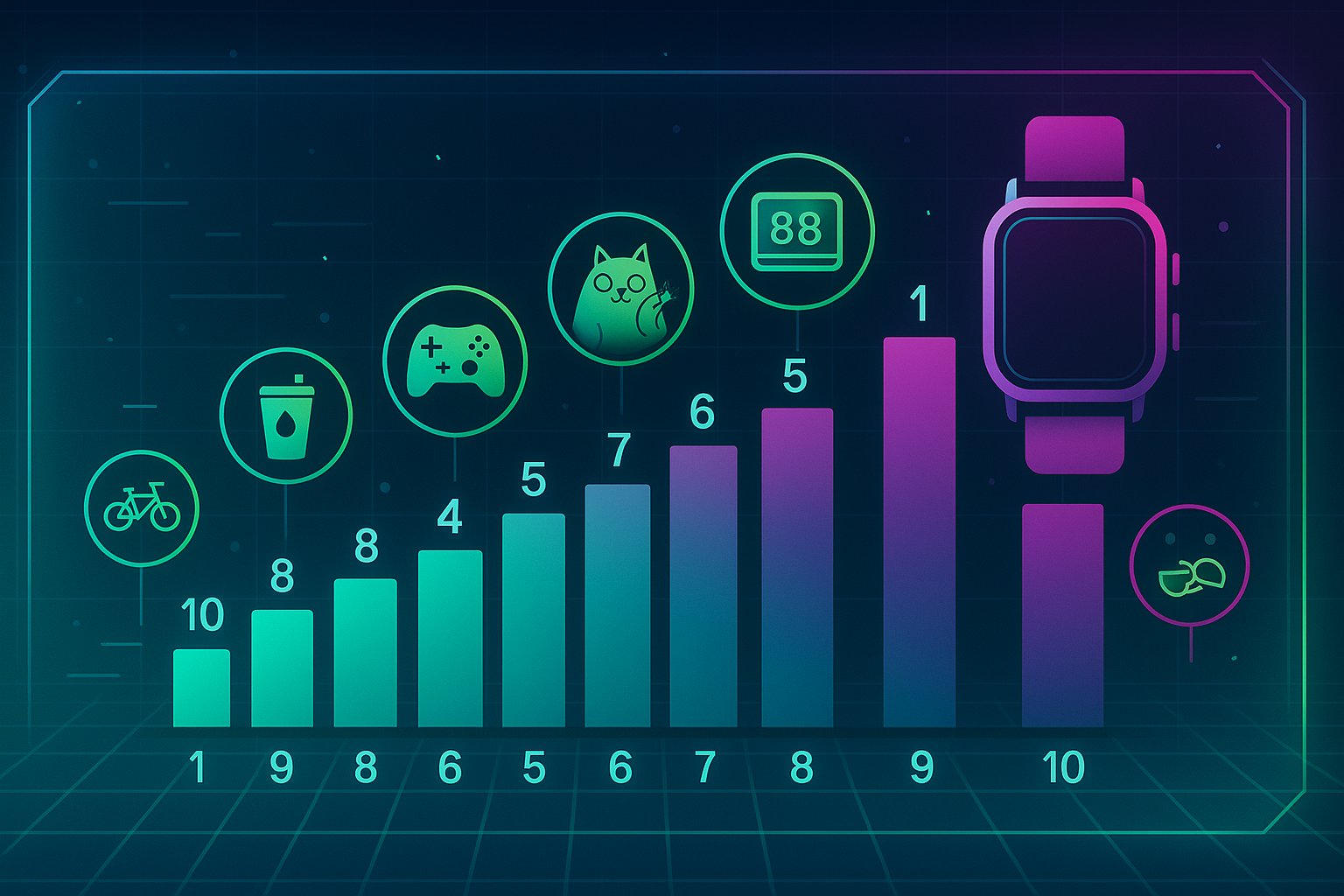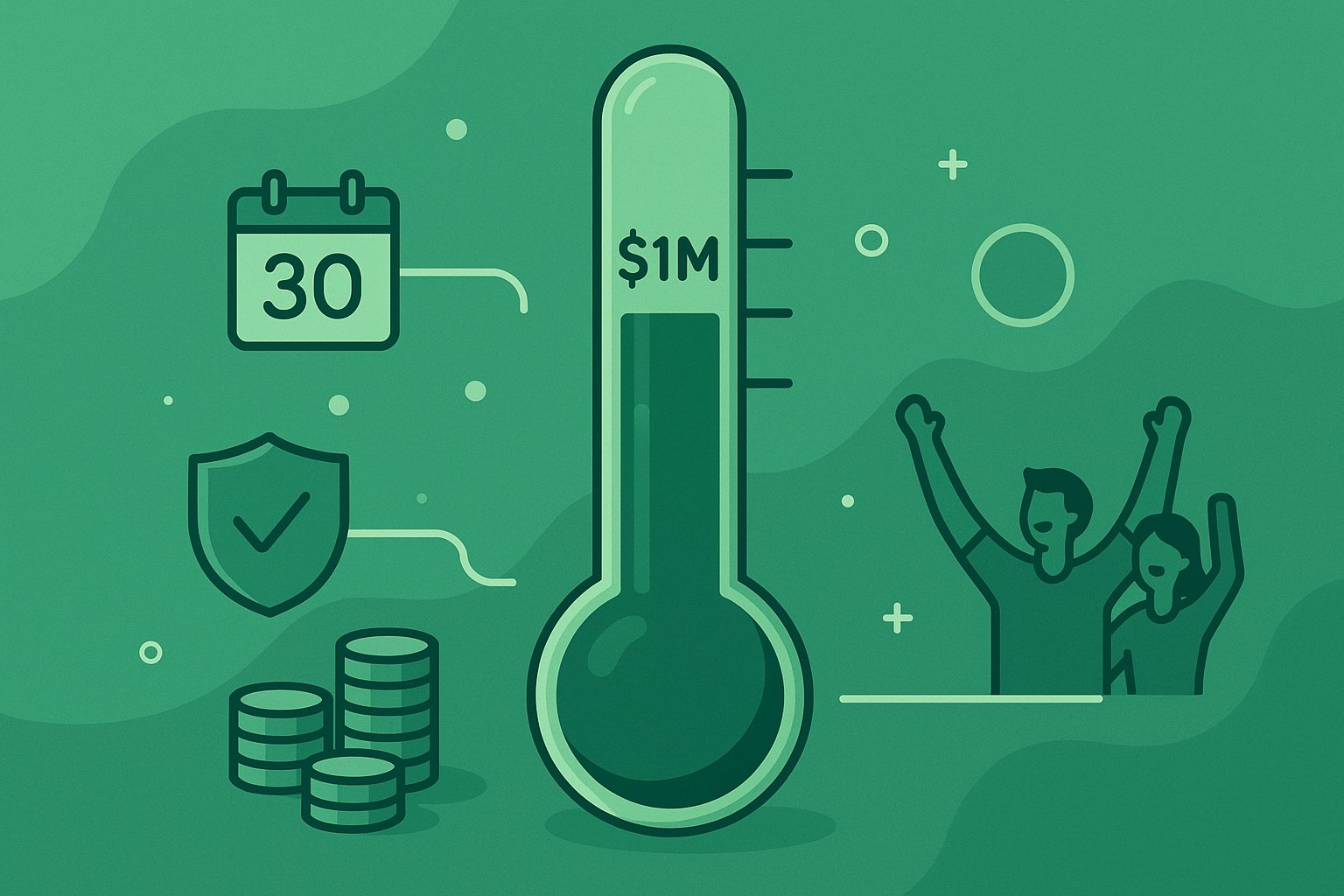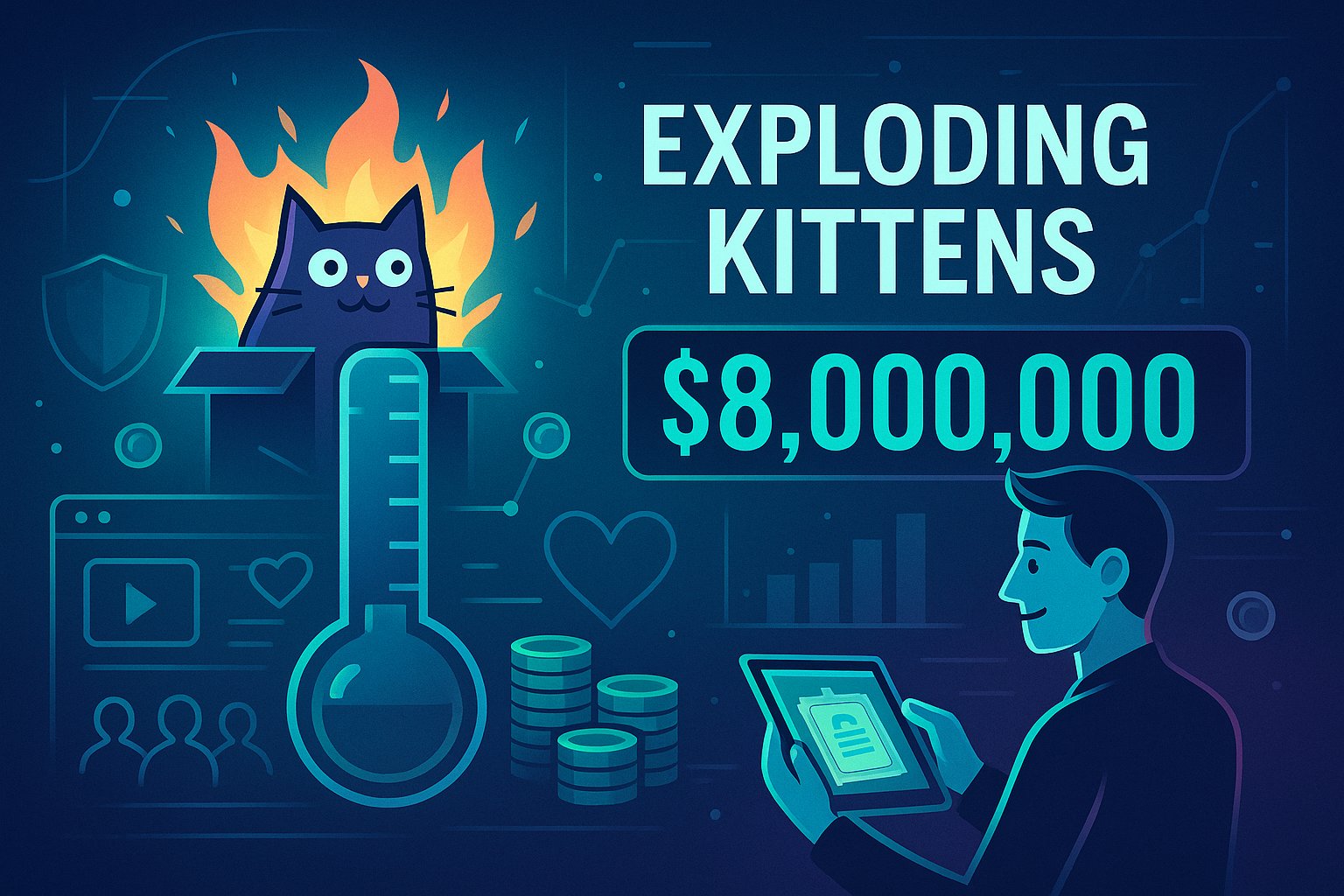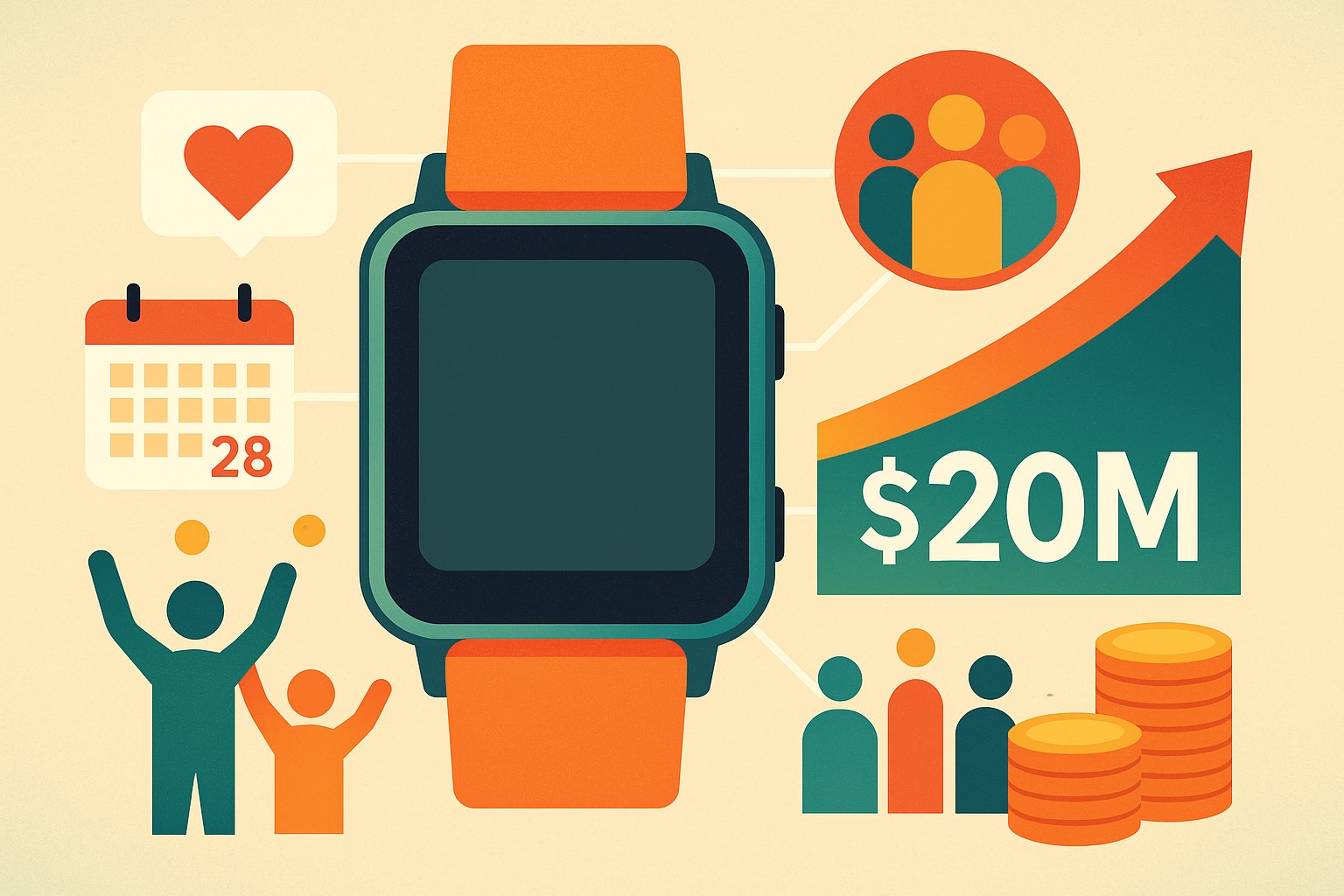Crowdfunding’s Unprecedented Triumphs
In the last decade, crowdfunding has transformed from a fringe phenomenon into a mainstream engine for innovation, community engagement, and creative entrepreneurship. Platforms such as Kickstarter and Indiegogo have enabled visionaries to bypass traditional gatekeepers—Venture Capital firms, networked angel investors, or large entertainment studios—and raise millions directly from backers around the globe. Amid thousands of successfully funded projects, a select few have risen above the rest, shattering fundraising records and leaving indelible marks on their industries. These landmark campaigns demonstrate not only extraordinary financial achievements but also the power of compelling narratives, meticulous planning, and relentless community focus. From the trailblazing smartwatches of Pebble to the whimsical mayhem of Exploding Kittens, each of the top ten most successful crowdfunding campaigns exemplifies a unique recipe for viral success. In the sections that follow, we dive deep into each campaign, exploring how product vision, design excellence, marketing mastery, and transparent fulfillment combined to propel these projects to the apex of crowdfunding legend. Whether you’re an aspiring creator seeking to unlock the secrets of seven-figure raises or an enthusiast fascinated by the art of viral fundraising, the stories ahead will illuminate how ordinary ideas—when executed with extraordinary precision and passion—can galvanize global movements and raise staggering sums in remarkably short spans of time.
#1 Pebble Time: A New Standard for Smartwatches
When Pebble launched Pebble Time on Kickstarter in February 2015, it wasn’t introducing a marginal upgrade but instead redefining wearable technology. Building on the runaway success of its original e-paper smartwatch, the team delivered a vibrant color display, intuitive timeline interface, and enhanced hardware—all while retaining the week-long battery life that distinguished Pebble from LED- or OLED-based competitors. The initial $1 million goal vanished within minutes, and by campaign close, backers had pledged an astonishing $20.3 million from over 78,000 supporters.
Pebble Time’s triumph stemmed from a strategic pre-launch onslaught: an email list of tens of thousands, prototype previews to top tech outlets, and a campaign page that blended polished product demos with behind-the-scenes manufacturing transparencies. Stretch goals unlocked developer tools, waterproof casing, and premium steel watch bodies, each showcased with high-definition mock-ups and prototype walkthroughs. By coupling iterative innovation with deep user engagement and an open-source developer ecosystem, Pebble set a new benchmark for consumer electronics crowdfunding, proving that community-driven design can eclipse traditional retail launches.
#2 The Coolest Cooler: Reimagining Outdoor Gadgets
In July 2014, entrepreneur Ryan Grepper introduced the Coolest Cooler—a bold reinvention of the picnic chest—hoping to raise $50,000. Featuring a built-in blender, Bluetooth speaker, USB charger, and waterproof storage compartments, the Coolest Cooler married multiple outdoor essentials in a sleek, single unit. Early teaser videos showcasing the blender in action and waterproof tests quickly went viral, and the campaign soared past its funding goal within hours. When the 30-day window closed, the Coolest Cooler had amassed $13.3 million from more than 62,000 backers, making it Kickstarter’s most funded project at the time.
Critical to its victory was the aspirational vision of effortless outdoor entertaining and a product narrative that emphasized summer revelry. Stretch goals deepened the allure—LED lights, extra color options, and smartphone app compatibility—while Grepper’s team sustained engagement through weekly factory tours, production photos, and candid discussions of logistical challenges. Although subsequent fulfillment delays tested backer patience, the initial $13 million raise underscored the magnetic power of marrying everyday utility with playful, shareable concepts, demonstrating that even the most mundane categories can ignite mass enthusiasm when reimagined boldly.
#3 Pebble 2 + Time 2: Double the Impact
Building on the momentum of prior triumphs, Pebble’s third major Kickstarter campaign launched in May 2016, presenting two new devices: the fitness-focused Pebble 2 and the refined Pebble Time 2. The Pebble 2 boasted heart-rate monitoring and extended battery life, while the Time 2 featured a larger color display encased in stainless steel, pairing robust hardware with an optimized user interface. This dual offering appealed to both health enthusiasts and smartwatch purists, driving immediate excitement. Within three hours, the combined $1 million goal was eclipsed; by the campaign’s conclusion, backers had pledged $12.7 million from over 66,000 supporters.
The campaign’s brilliance lay in its tiered reward structure. Early-bird pledges unlocked steep discounts on each device, while premium “All-In” bundles bundled both watches with exclusive accessories and color variants. The page offered side-by-side technical comparisons, real-world usage scenarios, and transparent partnerships with manufacturing facilities guaranteeing improved build quality. Pebble’s ongoing commitment to firmware updates, open-source tools, and community-driven feature roadmaps further cemented user trust. By combining choice with proven brand loyalty, Pebble 2 and Time 2 exemplified how product diversification and community stewardship can sustain and even amplify crowdfunding achievements.
#4 Kingdom Death: Monster — A Tabletop Triumph
Not all crowdfunding legends arise from cutting-edge gadgets. In September 2015, Kingdom Death launched its campaign for Kingdom Death: Monster, a dark, narrative-rich tabletop experience featuring highly detailed miniatures and an immersive horror-fantasy world. With a modest $100,000 goal, the project promised exquisitely sculpted figures, extensive lore, and deep strategic gameplay. Enthusiasts were drawn by breathtaking prototype videos and sculpting timelapses, propelling pledges past $1 million in mere hours. By the campaign’s end, Kingdom Death: Monster had raised $12.3 million from nearly 19,000 backers, ranking it among the highest-funded tabletop projects ever.
Its success hinged on unwavering creative ambition and a willingness to defy mainstream hobby norms. Stretch goals unveiled increasingly lavish miniatures—named monsters, story expansions, and elevated production values valued by painters and collectors alike. Behind-the-scenes livestreams showcased sculpting updates and design diaries, nurturing a fiercely loyal community. Despite multi-year fulfillment timelines dictated by manufacturing complexity, the passion of die-hard fans remained undiminished, illustrating that deep creative vision and premium craftsmanship can transform niche board games into crowdfunding landmarks.
#5 Exploding Kittens: Viral Card Game Mania
In January 2015, cartoonist Matthew Inman and game designer Elan Lee launched Exploding Kittens, a humorous card game that blended Russian-roulette mechanics with irreverent cat illustrations. Seeking $10,000, the campaign unleashed gigabytes of shareable art and snappy rule explanations that spread like wildfire. Within eight hours, Exploding Kittens had surpassed $1 million, and by campaign close, it had amassed $8.7 million from nearly 220,000 backers—the largest individual backer count for Kickstarter at that time.
The campaign’s genius lay in its viral DNA. Inman’s existing audience at The Oatmeal platform provided an immediate boost, while witty campaign updates—featuring polling-driven card designs, prototype videos, and “Kitten Facts”—kept momentum sky-high. Reward tiers offered promo cards, exclusive merch, and deluxe editions with signed prints. Social media shares catapulted campaign awareness beyond tabletop circles into mainstream news outlets, demonstrating that humor, distinctive visuals, and continuous community interaction can vault simple party games into global fundraising sensations.
#6 OUYA: Redefining the Gaming Console
In July 2012, a team led by former Microsoft and Electronic Arts executives introduced OUYA, an Android-based gaming console promising an open, developer-friendly ecosystem. With a $950,000 funding goal, the campaign tapped into the desire for indie game development and an alternative to closed console marketplaces. OUYA raised $8.6 million from over 63,000 backers, becoming one of Kickstarter’s early breakout hits.
The campaign page showcased concept demos, game previews, and clear developer tools roadmaps—appealing to both gamers and creators. Early-bird pledges included limited-edition console bundles and controller sets, while stretch goals introduced extra storage, additional controllers, and refined hardware features. OUYA’s emphasis on transparency—in revealing unit costs, development milestones, and manufacturing partnerships—built immense trust. Though post-launch competition challenged OUYA’s long-term market share, its crowdfunding saga illustrated how community-driven, open-source ideals could galvanize both creators and consumers, reshaping conventional console strategies.
#7 Fidget Cube: Tactile Therapy Goes Viral
In May 2016, designer Matthew McLachlan tapped into a growing awareness of fidget devices by presenting the Fidget Cube: a palm-sized gadget featuring six distinct sensory surfaces—clickable buttons, rollers, and switches—designed for discrete, satisfying fidgeting. With a $15,000 goal, the campaign relied on a high-quality demo video that highlighted the cube’s tactile appeal. Within two hours, it eclipsed $1 million; by closing, it had raised $6.5 million from over 154,000 backers.
The Fidget Cube’s timing aligned perfectly with rising interest in ADHD-friendly tools and stress-relief gadgets. The campaign highlighted multiple prototype iterations, strength tests, and material selections—demonstrating dedication to durability and feel. Color variants, custom engravings, and protective cases served as stretch goals, while rapid backer feedback informed final design tweaks. Through active engagement in comments forums and strategic unboxing partnerships with YouTube influencers, Fidget Cube showcased how a simple yet expertly executed design, backed by cultural relevance, can trigger a viral crowdfunding explosion.
#8 Veronica Mars Movie Project: Fan-Fueled Film Revival
In March 2013, series creator Rob Thomas and star Kristen Bell tapped the fervent Veronica Mars fanbase to crowdfund a feature-length continuation of the cult TV series. With a $2 million target, the campaign offered exclusive rewards—signed scripts, set visits, cameo appearances—and galvanized supporters within hours. By campaign end, backers had pledged $5.7 million from over 91,000 fans, marking it as one of the most successful film projects in Kickstarter history.
The campaign’s authenticity was its cornerstone. Video updates featured cast and crew reflecting on beloved characters and plotlines, blending nostalgia with fresh creative promises. Stretch goals unlocked expanded scenes, higher production values, and premiere events in backers’ hometowns. Transparent budgeting and clear production timelines sustained trust, even as Hollywood-style obstacles emerged. The Veronica Mars Movie Project exemplified how emotional investment, community ownership, and tangible fan rewards can coalesce into a potent funding force—reshaping how entertainment can be revived and sustained outside traditional studio systems.
#9 Reading Rainbow: Educational Revival Through Crowdfunding
In May 2014, LeVar Burton spearheaded a campaign to reinvent the beloved children’s literacy program Reading Rainbow as a digital app. Aiming to raise $1 million for content licensing and app development, the project tapped into powerful nostalgia and the social mission of accessible education. The goal was hit in under 11 hours, and by the campaign’s close, Reading Rainbow had secured $5.4 million from over 105,000 backers, underscoring the appetite for high-quality educational tools.
Burton’s pitch emphasized real-world impact, supported by testimonials from educators and literacy experts. Reward tiers ranged from individual digital subscriptions to classroom licensing packages, ensuring broad societal benefit. Stretch goals unlocked additional video episodes, multiple language options, and Android compatibility. Frequent video updates from Burton showcased curriculum integration and pilot successes, maintaining momentum. The Reading Rainbow campaign illustrated how a trusted personality and clear social mission—amplified through transparent updates—can transform nostalgia into transformative funding, revitalizing educational media for new generations.
#10 Ouya Music: Harmonizing Crowdfunding with Live Performances
While not as widely known as other legends, the Ouya Music campaign in 2014 stands out for its innovative blend of hardware and live performance incentives. Targeting $250,000, the project aimed to fund a compact synthesizer and partner with touring artists to deliver exclusive live sessions. Early demos of prototype circuits and sample tracks generated buzz within music-tech communities, propelling pledges past $1 million. Stretch goals unlocked deluxe finishes, expanded MIDI compatibility, and artist-curated sound libraries. The campaign’s uniqueness lay in offering backers access not only to advanced music equipment but also to intimate performances and producer workshops. This fusion of product and experiential rewards tapped into the desires of electronic musicians and audiophiles seeking both cutting-edge tools and community immersion. Ouya Music’s success, though overshadowed by larger campaigns, highlights the potential of creative reward structures and cross-domain collaborations in elevating hardware projects into culturally resonant experiences.
Crowdfunding’s Monumental Heights
The top ten most successful crowdfunding campaigns ever demonstrate the astonishing breadth of what is possible when vision, execution, and community converge. From Pebble’s elegant smartwatches and Exploding Kittens’ viral antics to Veronica Mars’s fan-powered film renaissance and Reading Rainbow’s educational rebirth, these projects reshaped industries and set new benchmarks for grassroots fundraising. Their shared formula—compelling product concepts, meticulously crafted narratives, transparent communication, and authentic backer engagement—offers a blueprint for future creators aiming to reach extraordinary heights.
Beyond their record-breaking pledge totals, these campaigns embody the democratization of innovation in the digital age. They prove that with meticulous planning, genuine storytelling, and unwavering commitment to fulfillment, ordinary ideas can ignite global movements, raise millions, and leave enduring legacies. As crowdfunding platforms continue to evolve, these ten legends will stand as beacons—reminding us that the next monumental breakthrough might be just one bold campaign away.




